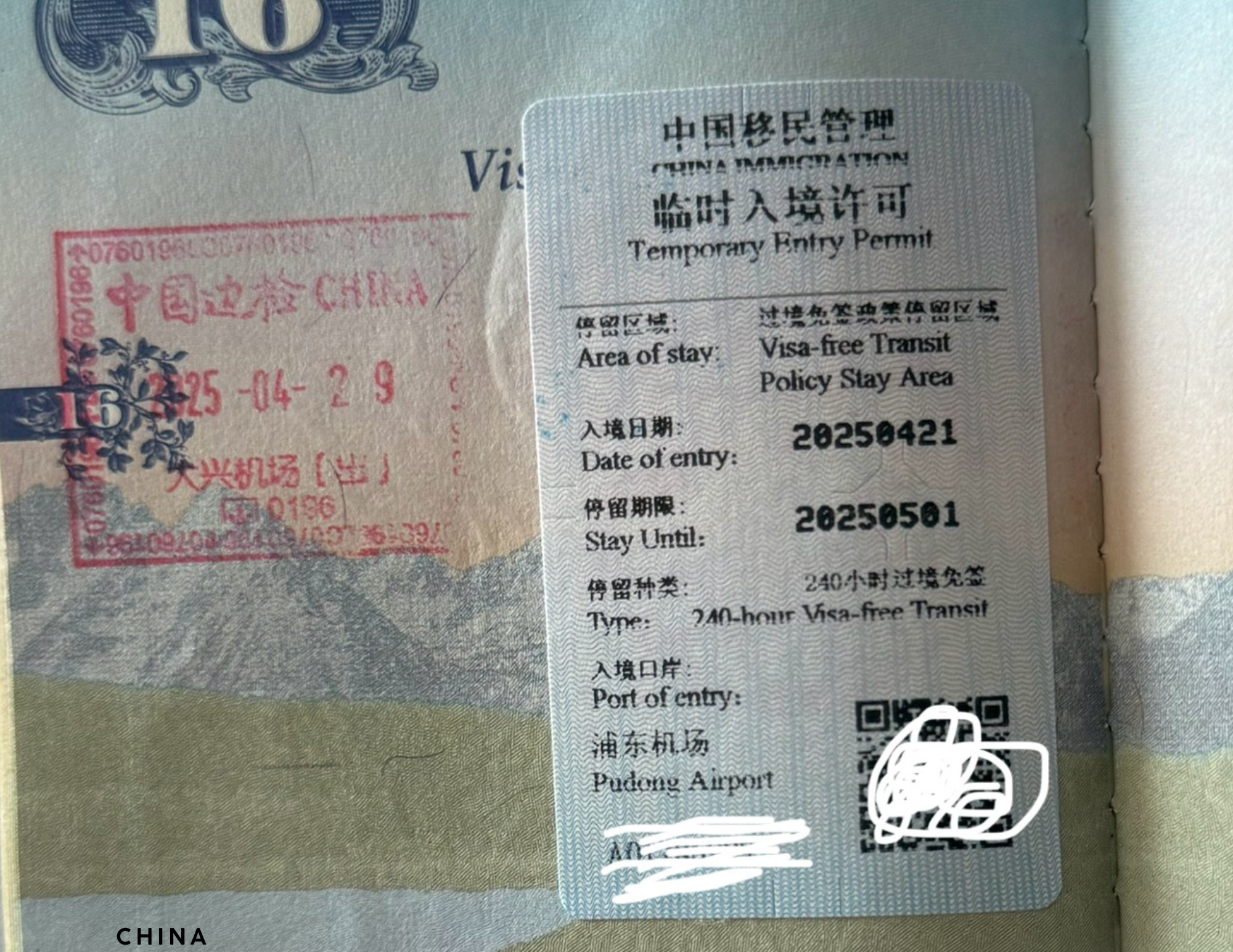If you’ve been dreaming of seeing China but were daunted by the visa process, things got a whole lot easier. China has rolled out a game-changing expansion to its visa-free transit policy, now allowing travelers from 54 countries to explore the country for up to 240 hours, 10 full days, without a visa. That’s enough time to sample the culture, cuisine, and history that make China one of the most rewarding travel destinations on the planet.
Let’s unpack what this policy means, who it applies to, and how you can take full advantage of it.
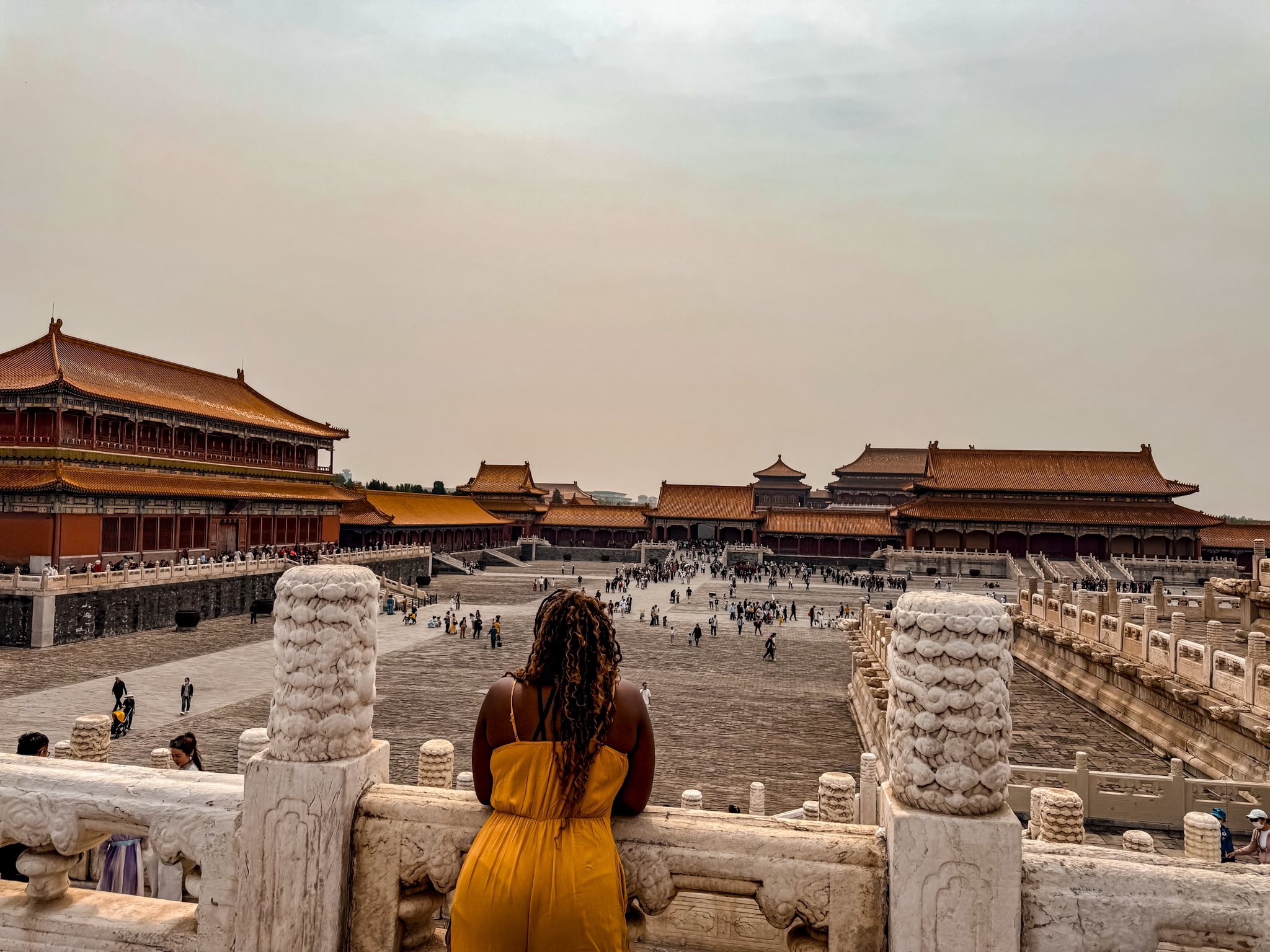
The Basics: What is the 240-Hour Visa-Free Transit Policy?
As of late 2024, travelers from 54 eligible countries can now enjoy up to 10 days in China without applying for a visa in advance. This transit policy, designed to boost tourism and international exchange, allows travelers to enter through designated cities and provinces, as long as they meet a few requirements:
- You must be in transit to a third country (i.e., you cannot fly from London to Shanghai and back to London; it has to be London > Shanghai > Tokyo or similar).
- You must have a confirmed onward ticket departing within 240 hours.
- Your passport must be valid for at least 3 more months.
- You must enter and exit through approved ports—now expanded to 60 across 24 regions.
- You must remain within the permitted geographic area during your stay (in many cases, this includes multiple provinces).
The policy is a major expansion of China’s previous 72- and 144-hour transit visa exemptions, and it represents one of the boldest efforts yet to welcome foreign tourists post-COVID.
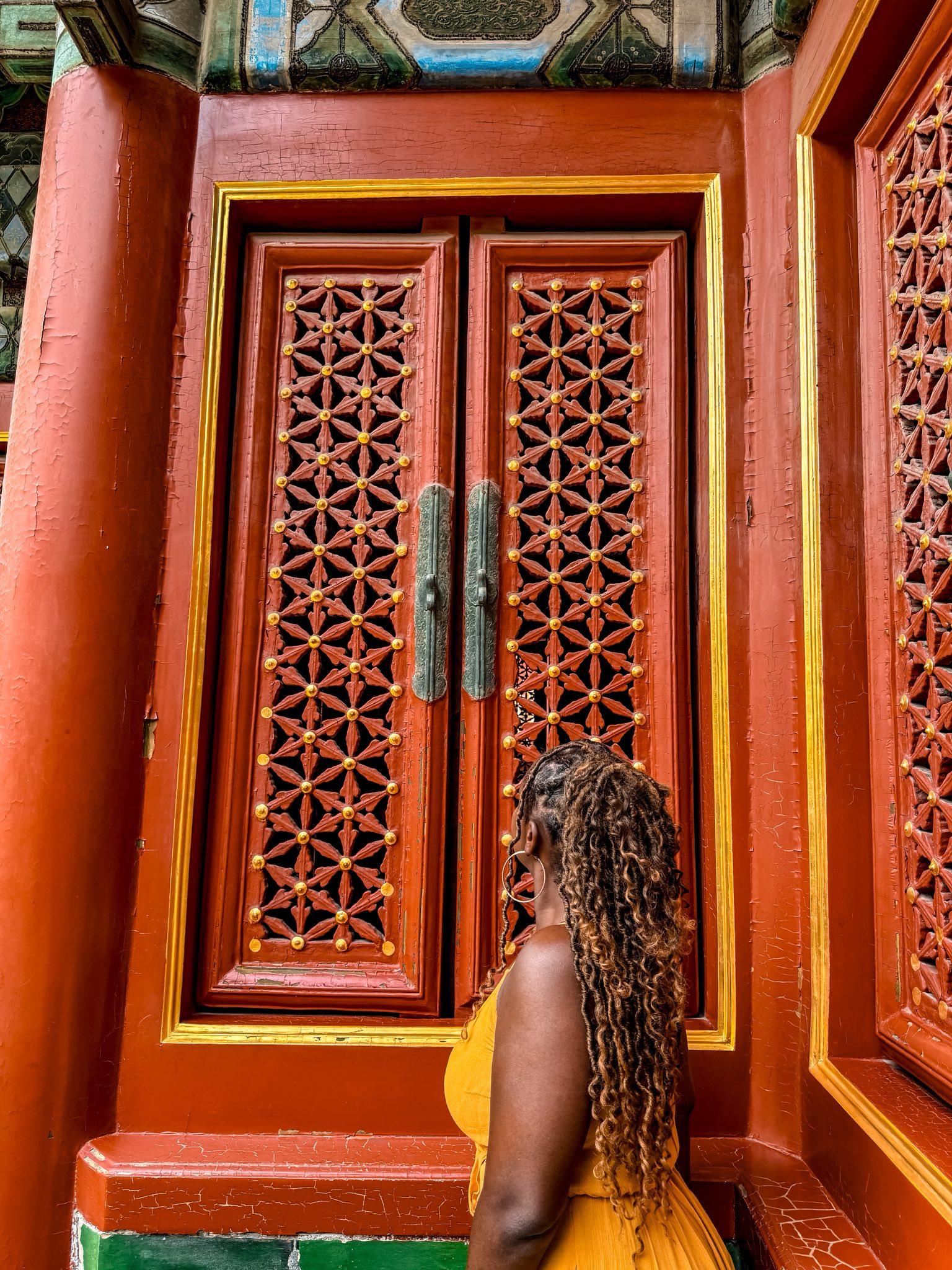
Eligible Countries
Citizens of 54 countries are currently eligible, including:
- North America: United States, Canada, Mexico
- Europe: UK, Germany, France, Italy, Spain, Netherlands, Switzerland, and most EU countries
- Asia-Pacific: Australia, New Zealand, Japan, South Korea, Singapore, Brunei
- Latin America: Argentina, Brazil, Chile
- Middle East: UAE, Qatar
You can find the full list on official government sites like China’s Ministry of Foreign Affairs or China Visa Application Service Center.
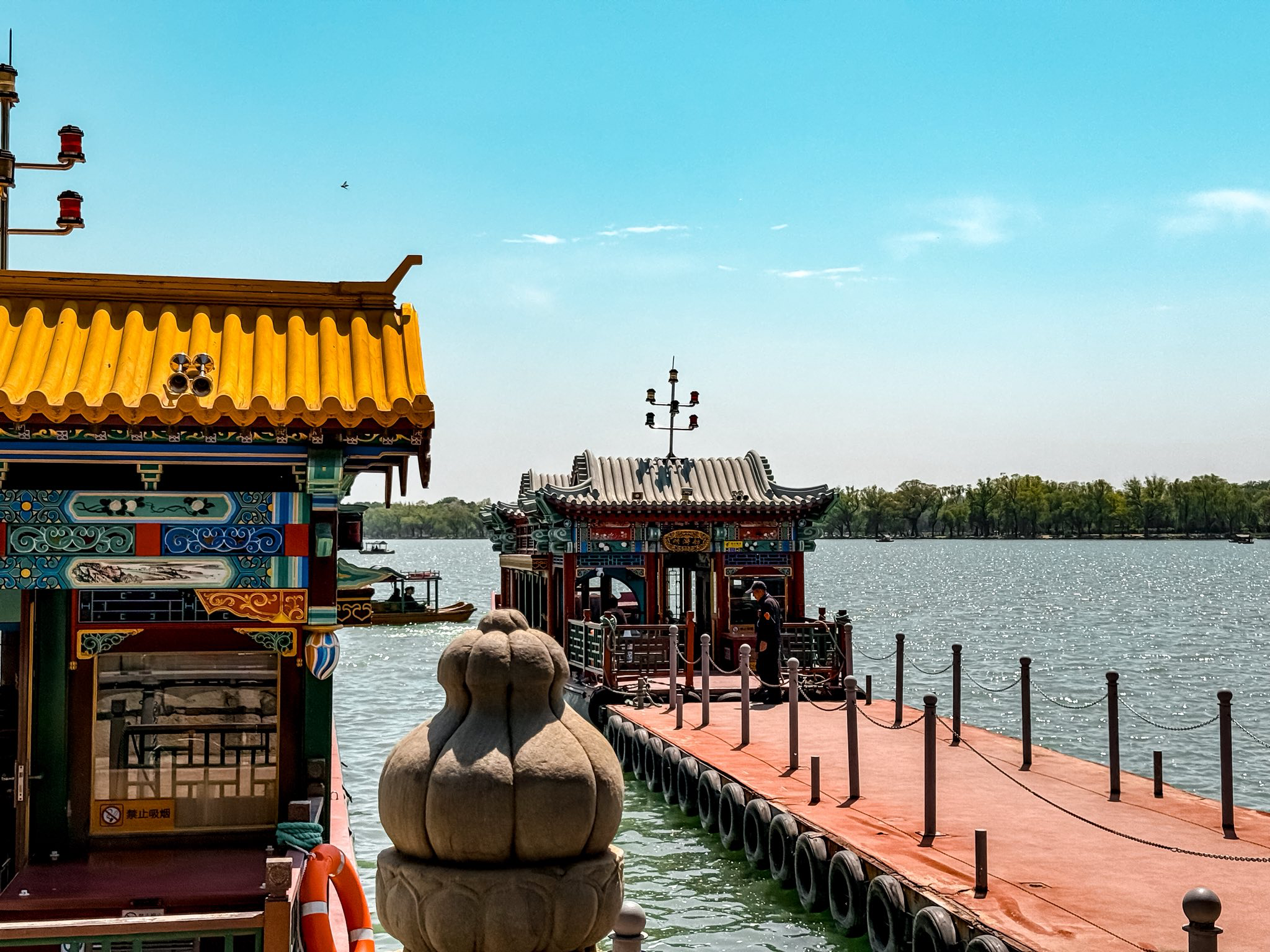
Where You Can Go: Entry Ports and Regions Covered
This policy now covers key international airports and high-speed rail hubs in major cities, including but not limited to:
- Beijing Capital & Daxing International Airports
- Shanghai Pudong & Hongqiao
- Guangzhou Baiyun International
- Chengdu Tianfu
- Xi’an Xianyang
- Wuhan Tianhe
- Chongqing Jiangbei
- Shenzhen Bao’an
- Hangzhou Xiaoshan
- Qingdao, Xiamen, Kunming, Harbin, and more
Each port has specific transit areas—some include entire provinces or multiple cities. For example, entering via Shanghai allows access to Shanghai, Jiangsu, and Zhejiang provinces. Beijing’s policy covers the whole Beijing-Tianjin-Hebei region.
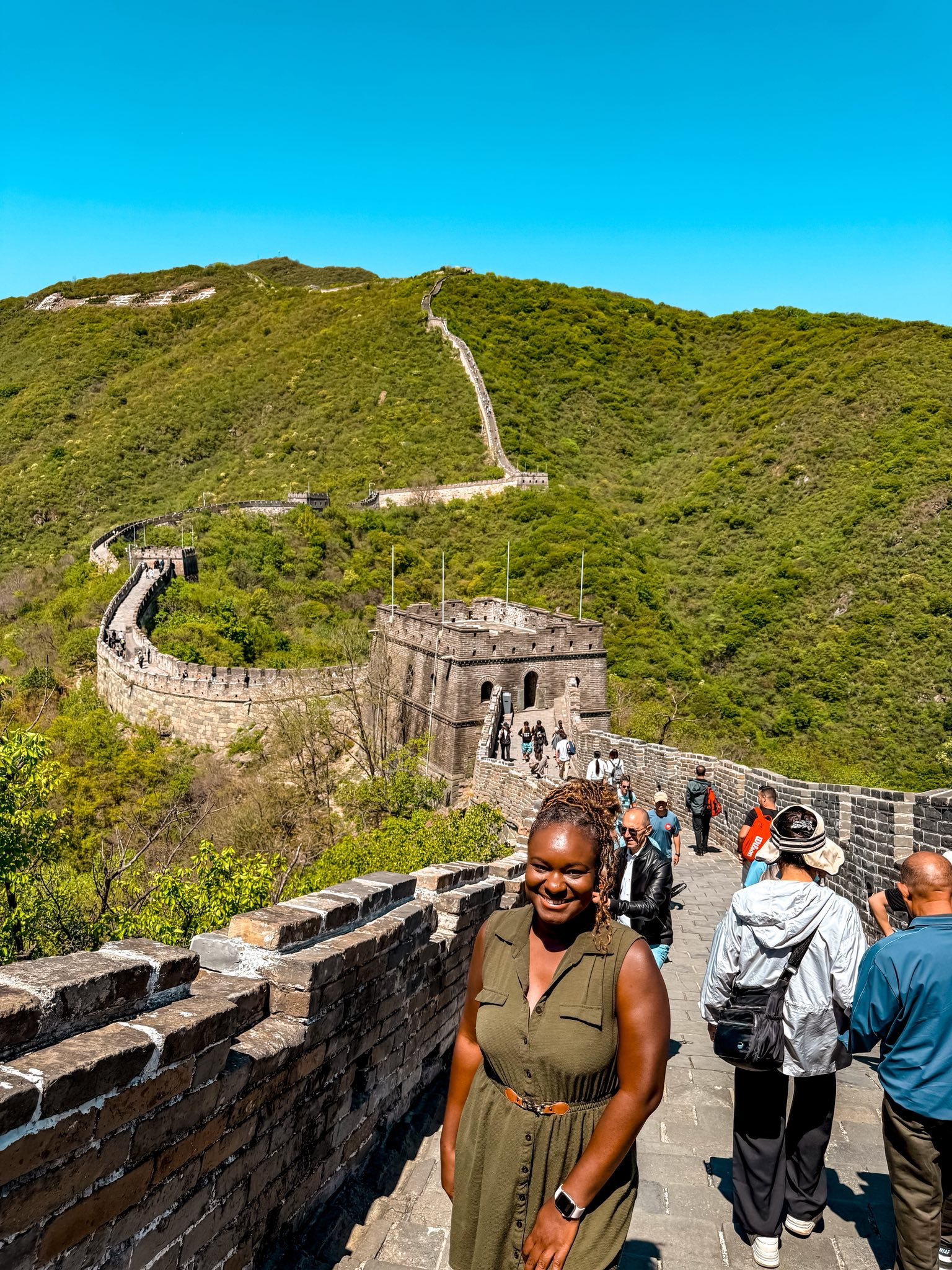
Top Destinations to Explore During Your Visa-Free Stay
If you’ve got 10 days in China, you can absolutely fit in one or two major cities—or even a multi-city trip via high-speed rail. Here are some ideas to maximize your experience:
1. Beijing (History + Politics + Culture)
- Must-See: The Forbidden City, Great Wall (Mutianyu or Badaling), Temple of Heaven, Summer Palace
- Bonus: Try Peking Duck, watch a traditional opera, or explore the hutongs (old alleyways)
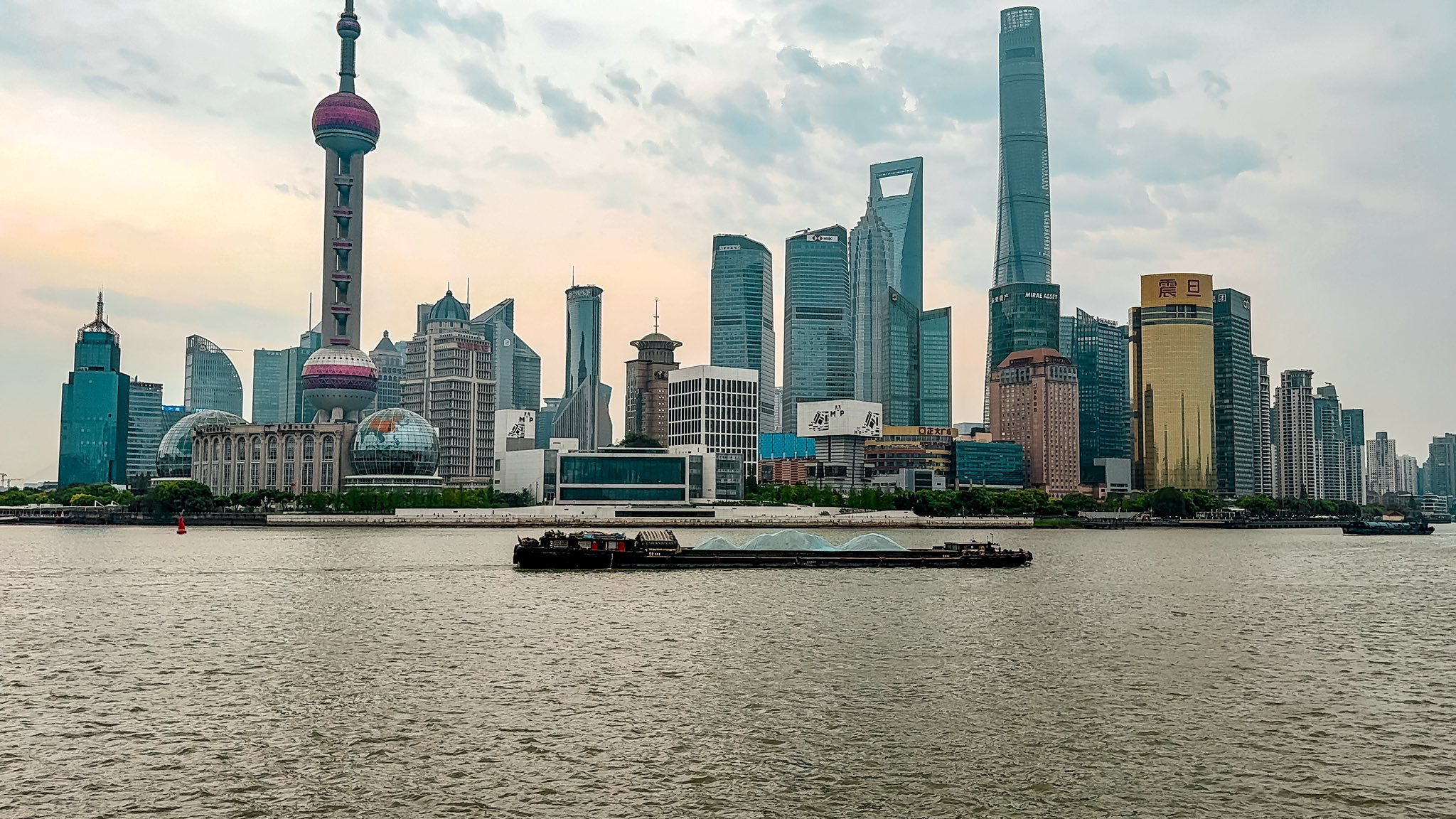
2. Shanghai (Modern + Classic Fusion)
- Must-See: The Bund, Yu Garden, Shanghai Museum, Lujiazui skyline, Tianzifang arts district
- Bonus: Day trip to Suzhou or Hangzhou (under 1 hour by high-speed train)
3. Xi’an (Ancient Capital)
- Must-See: Terracotta Warriors, City Wall, Muslim Quarter, Big Wild Goose Pagoda
4. Chengdu (Relaxed Vibes + Pandas)
- Must-See: Chengdu Research Base of Giant Panda Breeding, Jinli Street, Leshan Giant Buddha (day trip)
- Bonus: Sip tea at a local teahouse and try spicy hotpot
5. Guilin & Yangshuo (Nature)
- Must-See: Li River cruise, Karst mountain scenery, Reed Flute Cave
6. Guangzhou/Shenzhen (Southern Gateway)
- Great for food lovers, shoppers, and tech-savvy travelers. Easily connected to Hong Kong if you’re heading that way.
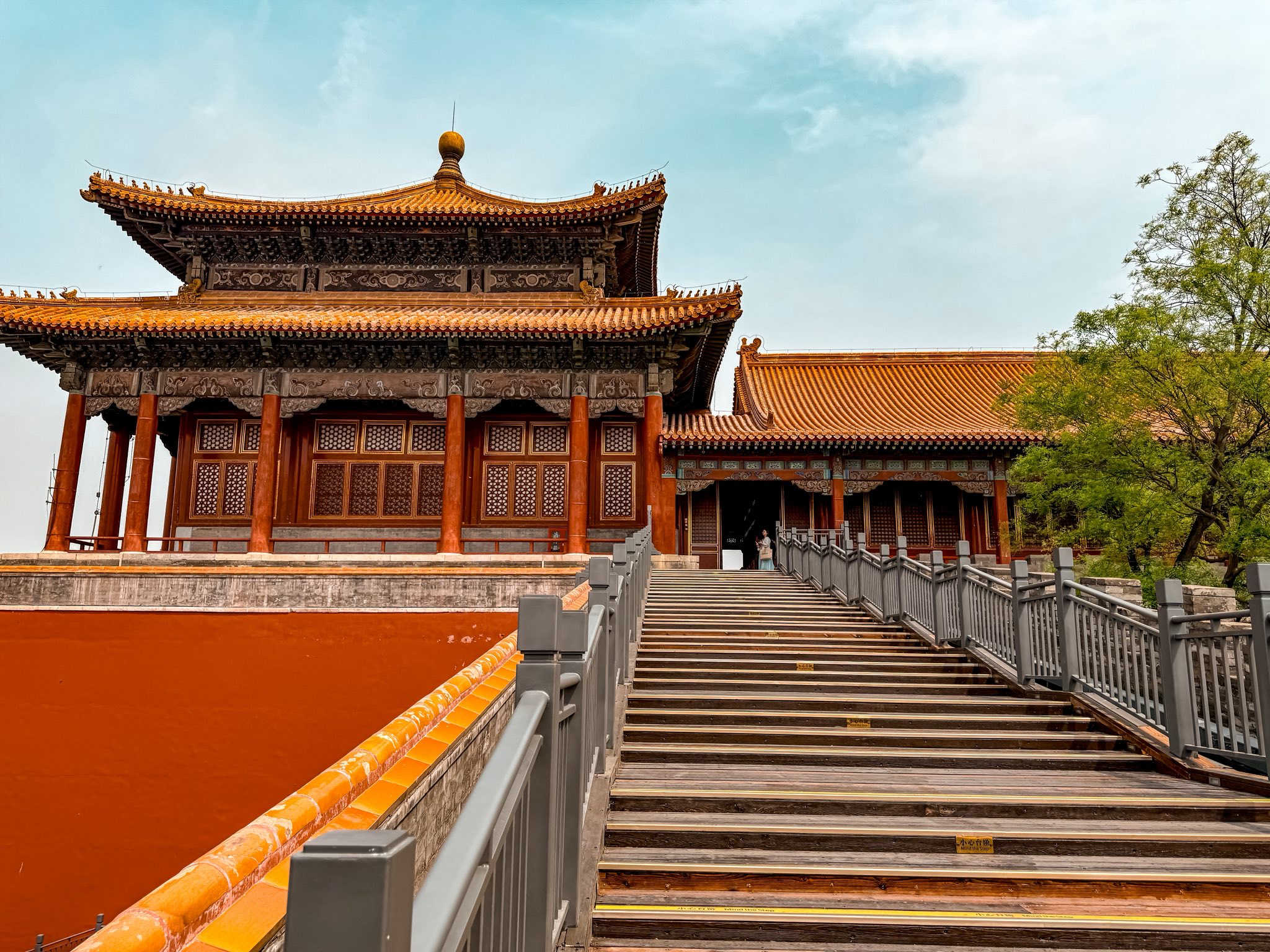
Planning Tips for Your 240-Hour Stay
- Use high-speed rail: Trains in China are fast, reliable, and make multi-city trips doable even on a 10-day trip.
- Get a VPN: Some Western websites (Google, Instagram, WhatsApp) may be blocked. Download a VPN beforehand if needed.
- Accommodation registration: Hotels will register you automatically, but if staying with locals, you must report to a local police station within 24 hours.
- Travel insurance: Strongly advised. Healthcare is good in major cities but costly without coverage.
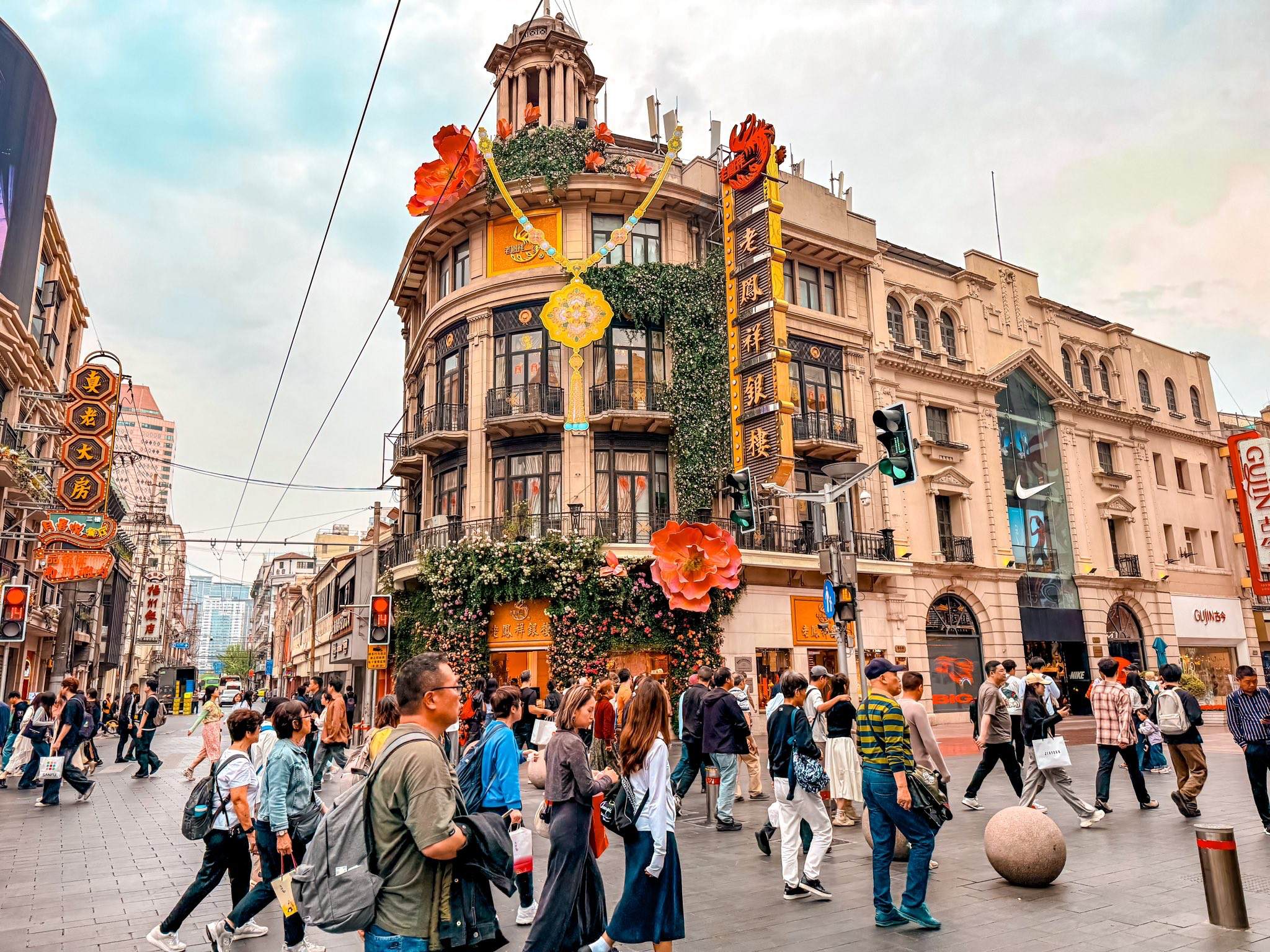
Need More Time? Apply for a Regular Tourist Visa
While the 240-hour visa-free transit is fantastic for short trips, anyone planning a longer stay, or wanting to visit places like Tibet (which requires a special permit) will still need to apply for a standard tourist visa (L visa). These are typically valid for 30 to 60 days, with single or multiple entry options.
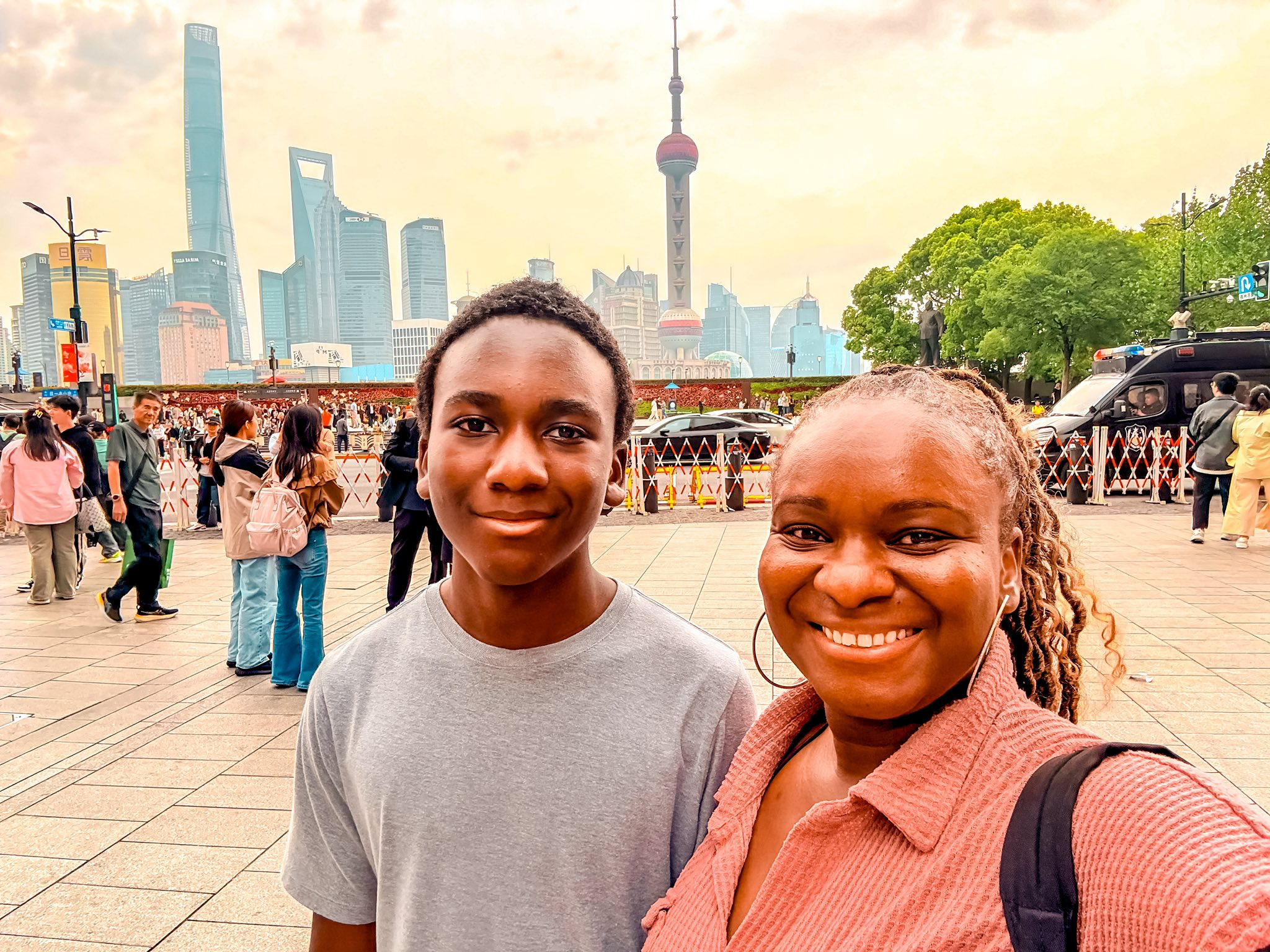
Final Thoughts: Is Now the Time to Visit China?
Absolutely. China is making a clear statement: it’s open and eager to welcome the world back. Whether you're a first-time visitor or a seasoned traveler, the 10-day visa-free window gives you just enough time to get a taste of this vast, complex, and fascinating country.
And if you find yourself wanting more? Well, that’s exactly what longer visas are for.
